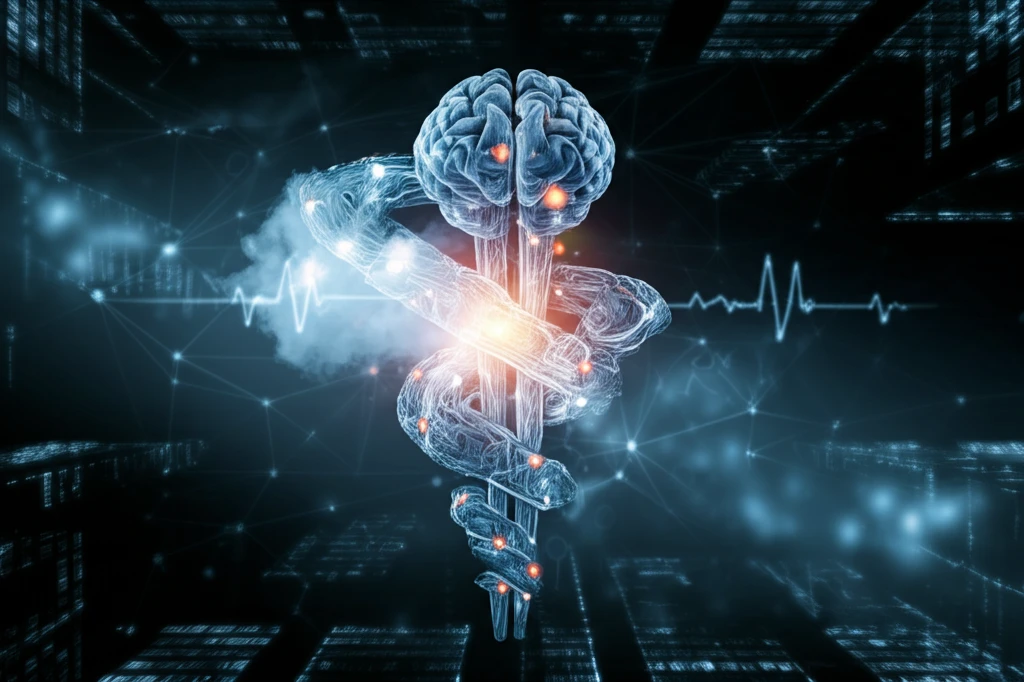
Unlock Integrated Care: How 'Learning to Learn' Can Revolutionize Healthcare Delivery
"Discover the relational and transformational model that's reshaping healthcare, fostering collaboration, and improving patient outcomes through enhanced knowledge exchange."
In today's rapidly evolving healthcare landscape, integrated care models are increasingly recognized as essential for improving efficiency, quality, and patient experience. These models aim to replace fragmented services with coordinated, patient-centered care by bringing together diverse professionals and organizations. However, despite the promise, many integration initiatives fall short of their goals.
The development of integrated care is not merely a structural or procedural challenge; it is, at its core, a demanding learning process. Knowledge must be continuously created and shared across professional and organizational boundaries. While knowledge exchange is inherent in integrated care, a learning-focused perspective is often overlooked in conceptual and empirical studies. Instead, efforts tend to concentrate on redesigning organizational structures and processes, mirroring traditional, linear approaches.
This article explores the 'Learning to Learn' (L2L) model, a relational and transformational approach that emphasizes the cognitive and social dynamics of learning within complex adaptive systems. We propose that by focusing on how healthcare professionals learn with, from, and about each other, we can unlock new pathways to successful integration and improved patient outcomes.
Why 'Learning to Learn' is the Missing Link in Integrated Care

Complex adaptive systems (CAS) theory provides a valuable framework for understanding the dynamics of integrated care. CAS recognizes that healthcare systems are composed of numerous, diverse, and highly interactive agents, including individuals, groups, and organizations. The system's functioning emerges from the patterns of interactions among these agents, leading to novel and unpredictable behaviors. This perspective aligns with cultural-historical understandings of learning, where an individual's relationship with their environment drives new structures of consciousness.
- Interaction: Fosters relationships and communication between agents as they exchange experiences and information.
- Feedback: Enables the internal flow of knowledge and information within a system, influencing patterns of interaction.
- Reflection: Facilitates a process of reviewing experiences to describe, analyze, evaluate, and inform learning.
- Self-Directed Learning: Promotes autonomous learning, encouraging individuals to prepare, supervise knowledge acquisition, and provide self-feedback.
Building a Learning Healthcare System: The Path Forward
By reframing integration as a learning process and reconceptualizing healthcare professionals as learners, we can unlock new possibilities for improving care delivery. The capacity to learn, adapt, and collaboratively create knowledge becomes a key factor in shaping the effectiveness of integrated care initiatives. Healthcare organizations must become settings where the various elements of learning capacity are acknowledged, discussed, understood, and systematically strengthened. By focusing on the social and relational aspects of knowledge exchange, we can foster a more innovative and adaptive healthcare system that truly puts the patient at the center.
